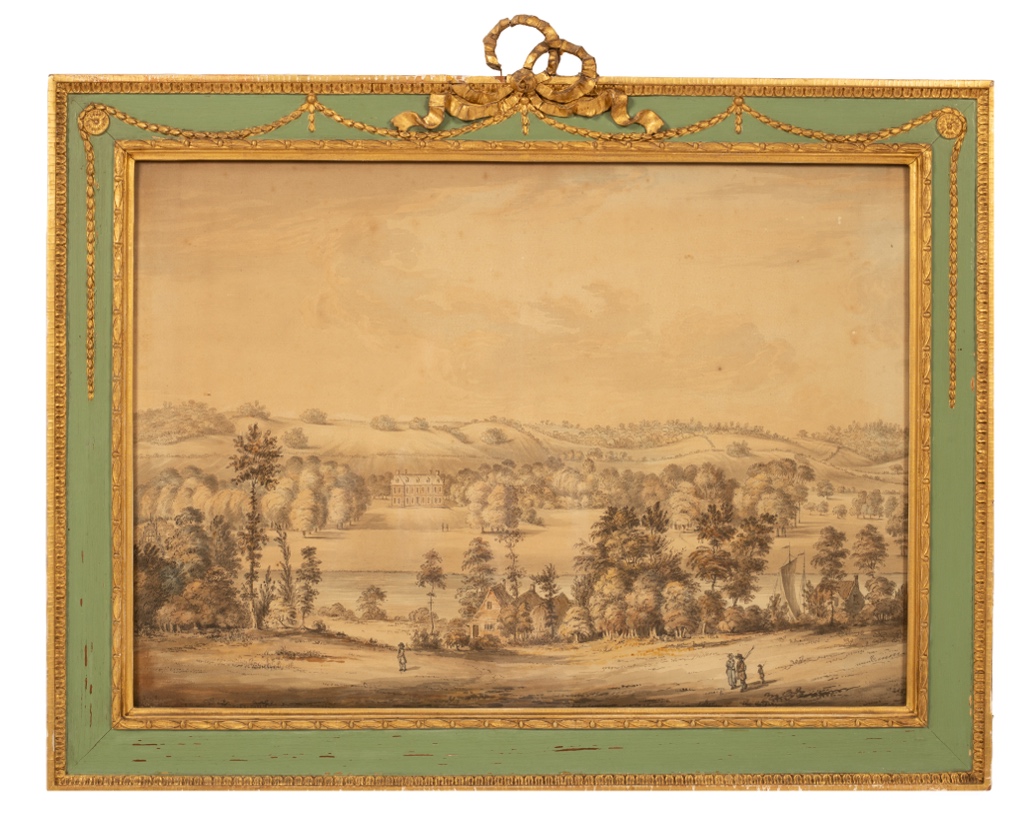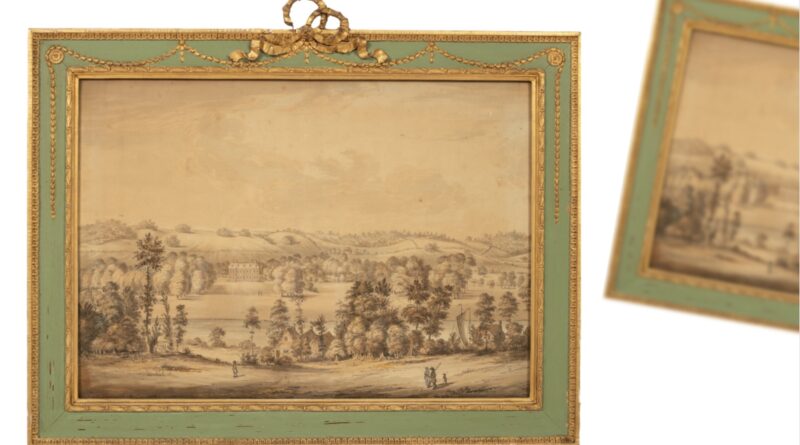Thames Valley views in Chorley’s sale
 With the approach of the popular annual rowing event Henley Royal Regatta on the river at Henley-on-Thames, Chorley’s auctioneers are especially delighted to present a series of landscapes depicting views of the Thames Valley where the race takes place.
With the approach of the popular annual rowing event Henley Royal Regatta on the river at Henley-on-Thames, Chorley’s auctioneers are especially delighted to present a series of landscapes depicting views of the Thames Valley where the race takes place.
Fawley Court, the nearby country estate also includes the famous Temple Island, where the world-renowned race begins each year and was the inspiration for Toad Hall in the much-loved 1908 children’s book Wind in the Willows by British novelist Kenneth Grahame.

The three landscapes in pen, ink and watercolour show Fawley Court in all its’ glory surrounded by the charming countryside around Henley and is a celebration of the area, which now pertains to the excitement of the rowing races taking part along its riverside. Fawley Court was originally designed by Sir Christopher Wren in 1684 and was then remodelled for Sambrooke Freeman (1721-1782), of the prominent Freeman family, for whom Fawley Court was the ancestral home. (Freeman was a member of Parliament for Pontefract in Yorkshire from 1754–61 and Bridport in Dorset from 1768–74).
The remodelling was done by English architect James Wyatt in the 1770’s in the Neoclassical style and extensive landscaping and garden re-design was carried out by English landscape architect Capability Brown (1715-1783) in the 1760’s. Freeman also commissioned Wyatt to design and build the aforementioned temple for the island on the Thames, positioned in full view of the house, now known by all rowers and Henley locals as ‘Temple Island’ and a landmark for the start of the race each year. Fawley Court passed to Sambrooke’s nephew, Strickland Freeman in 1782. It then passed down through the Strickland family of Apperley Court to the current owner.
As well as inspiring the home of Toad of Toad Hall in The Wind in the Willows, Fawley was requisitioned (along with Bletchley Park) as a decoding centre during the Second World War. In 1953, it was bought by the Marian Fathers, a Polish clerical congregation to be used as a boarding school, which became a hub for the local Polish community. It is now privately owned.
The works were created by British landowner, artist and garden designer Coplestone Warre Bampfylde (1720-1791), who is known for capriccio landscape painting and portraits. His work was regularly exhibited at the Royal Academy and the Society of Artists. He was well known for his design, sketches and paintings of his family’s Hestercombe estate, which are now listed Grade 1 on the English Heritage Register of Parks and Gardens of Special Historic Interest in England. He also painted several views of the Stourhead estate and gardens. His stunning works champion the English countryside depicting sweeping landscapes of natural beauty in various parts of the country with very accurate and scenic detailing.
The three landscapes will be offered as one lot in the auction house’s Old Masters, British and European Art on June 27.

